Technical State of Monster Hunter Wilds on PC is Catastrophic

Capcom's latest release is a chart-topper, currently ranking 6th on Steam's most-played list. However, this success is overshadowed by widespread criticism regarding the game's technical performance on PC. Digital Foundry's in-depth analysis confirms these concerns, painting a less-than-stellar picture.
Their findings reveal a multitude of problems. Shader pre-compilation, for instance, takes an agonizing 9 minutes on a high-end 9800X3D system, stretching to over 30 minutes on a Ryzen 3600. Texture quality is disappointingly low, even at the "High" setting. Tests on an RTX 4060 at 1440p with balanced DLSS and "High" settings showed significant frame time spikes. Even the more powerful RTX 4070 (12GB) struggled, producing noticeably poor textures.
For GPUs with only 8GB of VRAM, Digital Foundry recommends reducing texture quality to "Medium" to alleviate stuttering and frame time spikes. Unfortunately, this compromise still results in subpar visuals. Rapid camera movements continue to cause noticeable frame drops, although less severe with slower movements. Crucially, the frame time issues persist even with low-quality textures.
Digital Foundry's Alex Battaglia points to inefficient data streaming as the likely culprit, placing excessive strain on the GPU during decompression. This is particularly problematic for budget GPUs, leading to severe frame time spikes. He advises against purchasing the game for systems with 8GB GPUs and expresses reservations even about more powerful cards like the RTX 4070.
Performance is especially abysmal on Intel GPUs. The Arc 770, for example, manages only 15-20 frames per second, accompanied by missing textures and other visual artifacts. While high-end systems can partially mitigate these issues, a consistently smooth experience remains elusive. Currently, finding optimal settings proves nearly impossible without significant visual compromises.
-
1
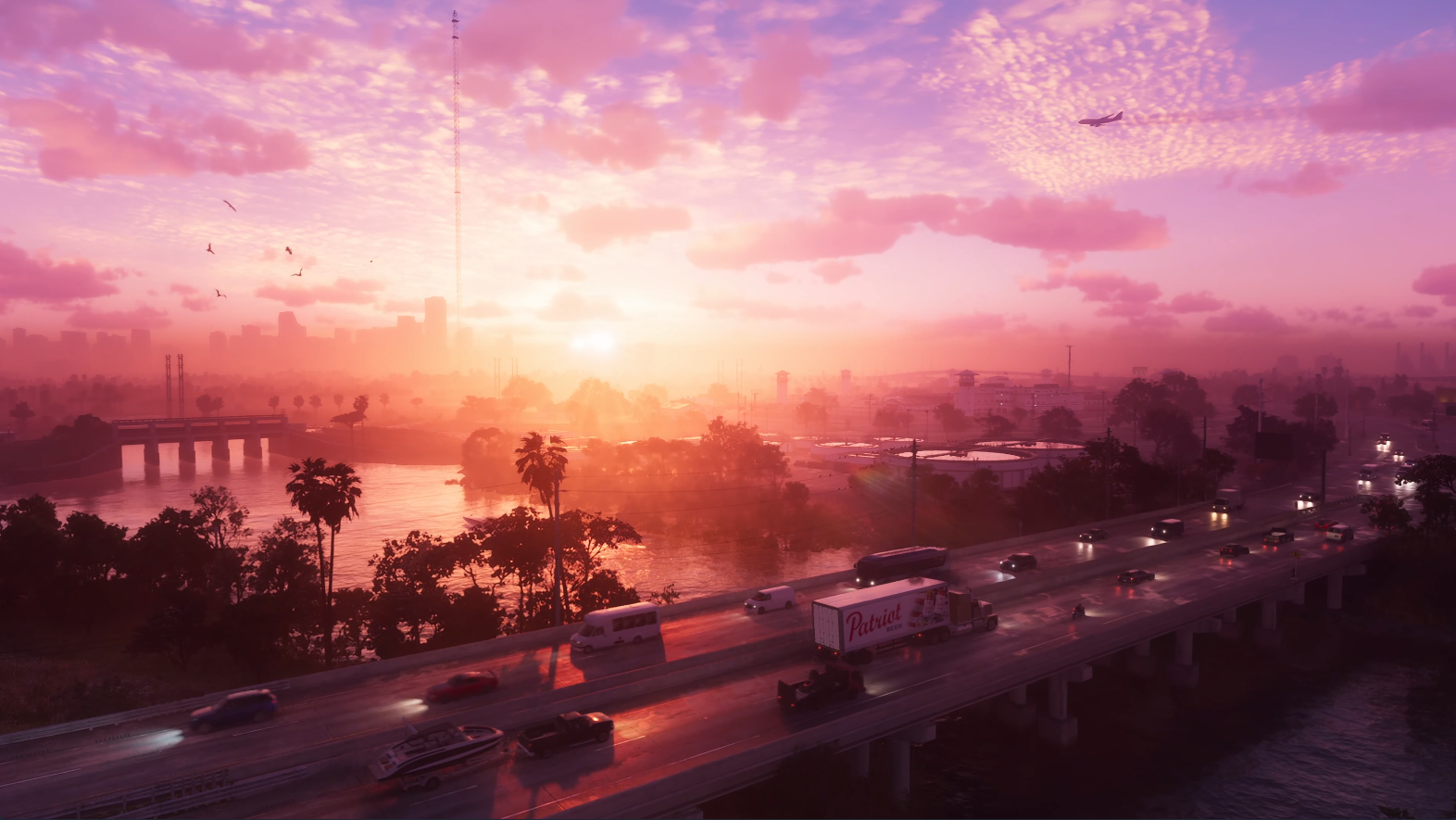
GTA 6 Set for Fall 2025 Release, CEO Confirms
Apr 03,2025
-
2

First ALGS in Asia Emerges in Japan
Jan 19,2025
-
3
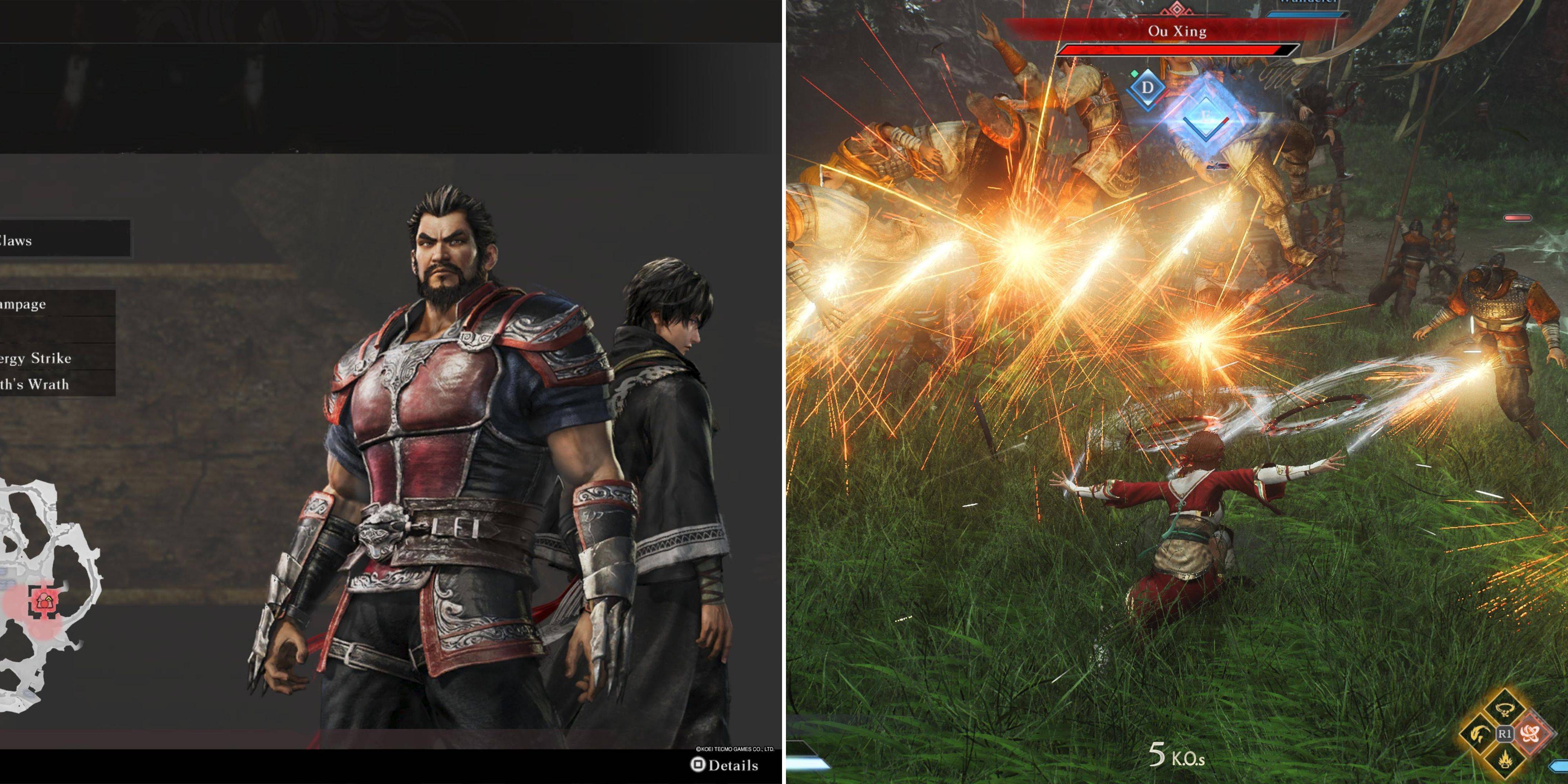
Introducing the Ultimate Guide to Seamless Character Swapping in Dynasty Warriors: Origins
Feb 25,2025
-
4
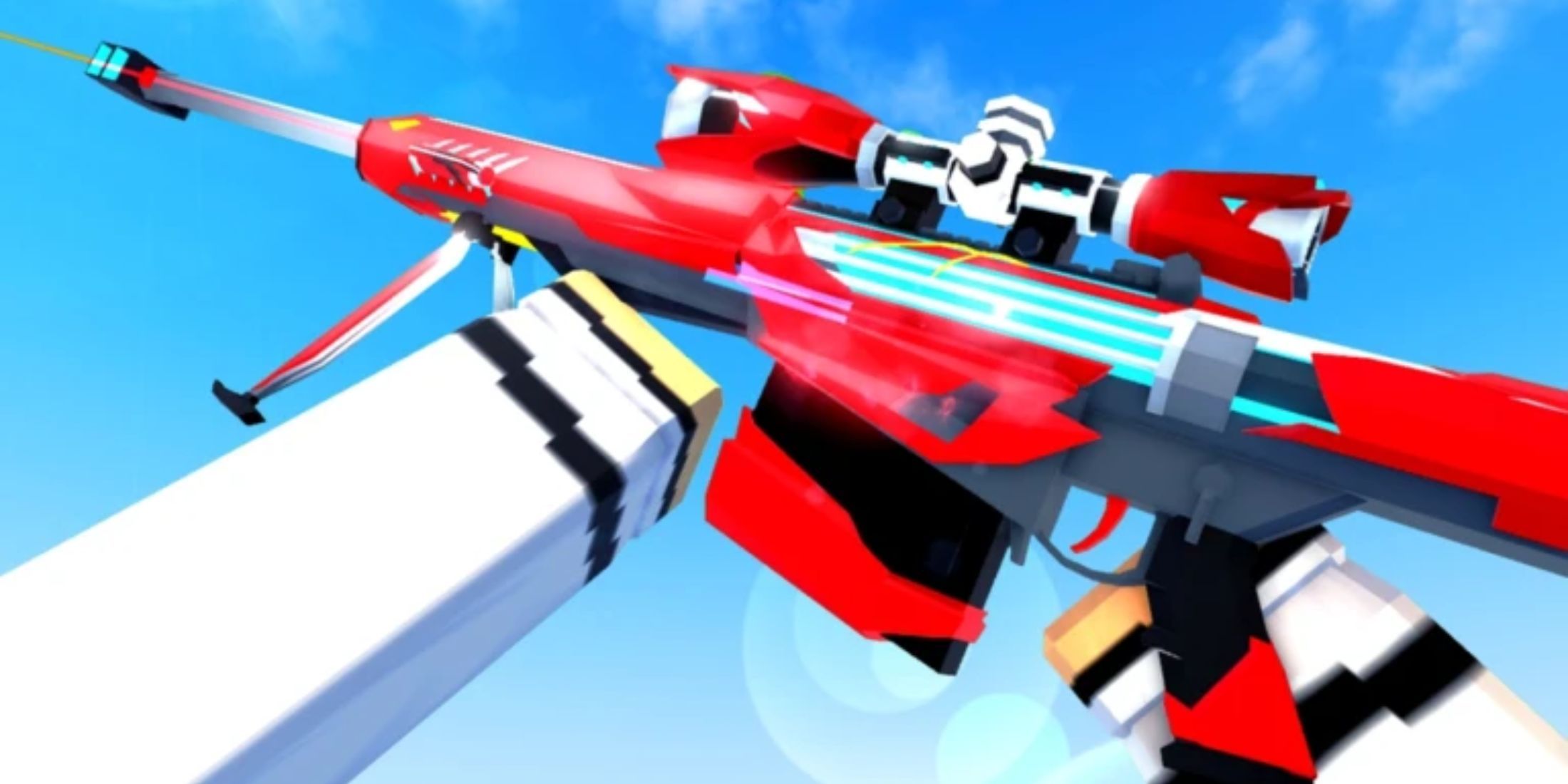
Roblox: CrossBlox Codes (January 2025)
Mar 04,2025
-
5
![Roblox Forsaken Characters Tier List [UPDATED] (2025)](https://img.jdzca.com/uploads/18/17380116246797f3e8a8a39.jpg)
Roblox Forsaken Characters Tier List [UPDATED] (2025)
Mar 05,2025
-
6
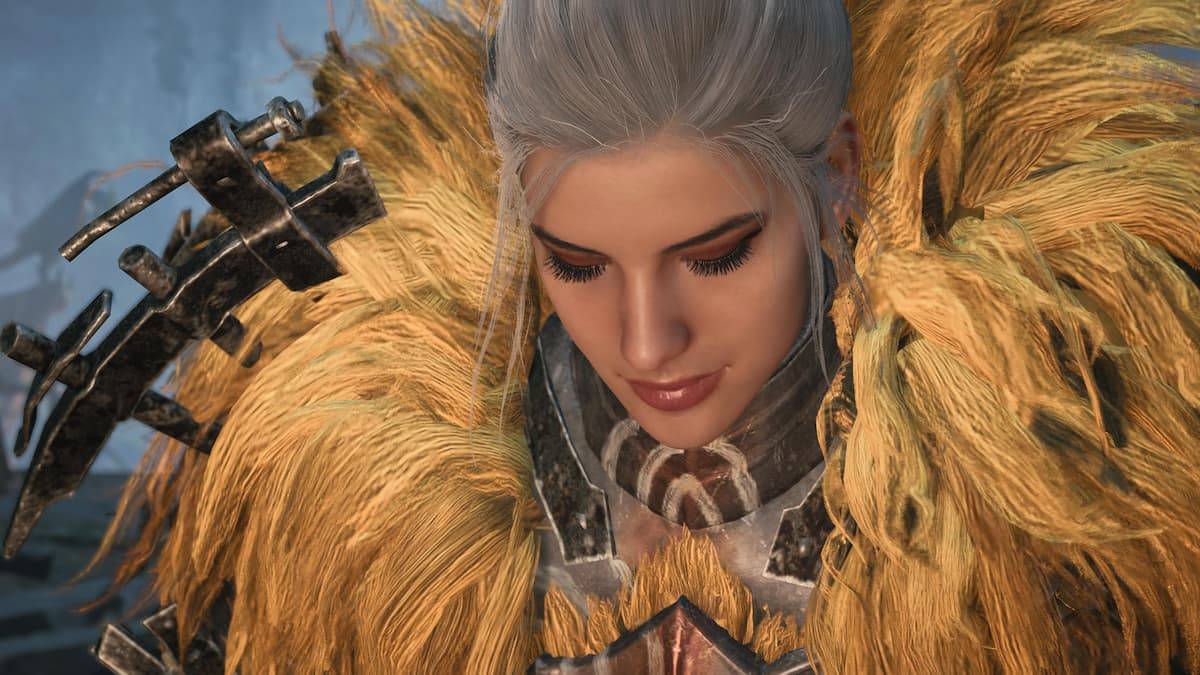
Max Hunter Rank in Monster Hunter Wilds: Tips to Increase
Apr 04,2025
-
7
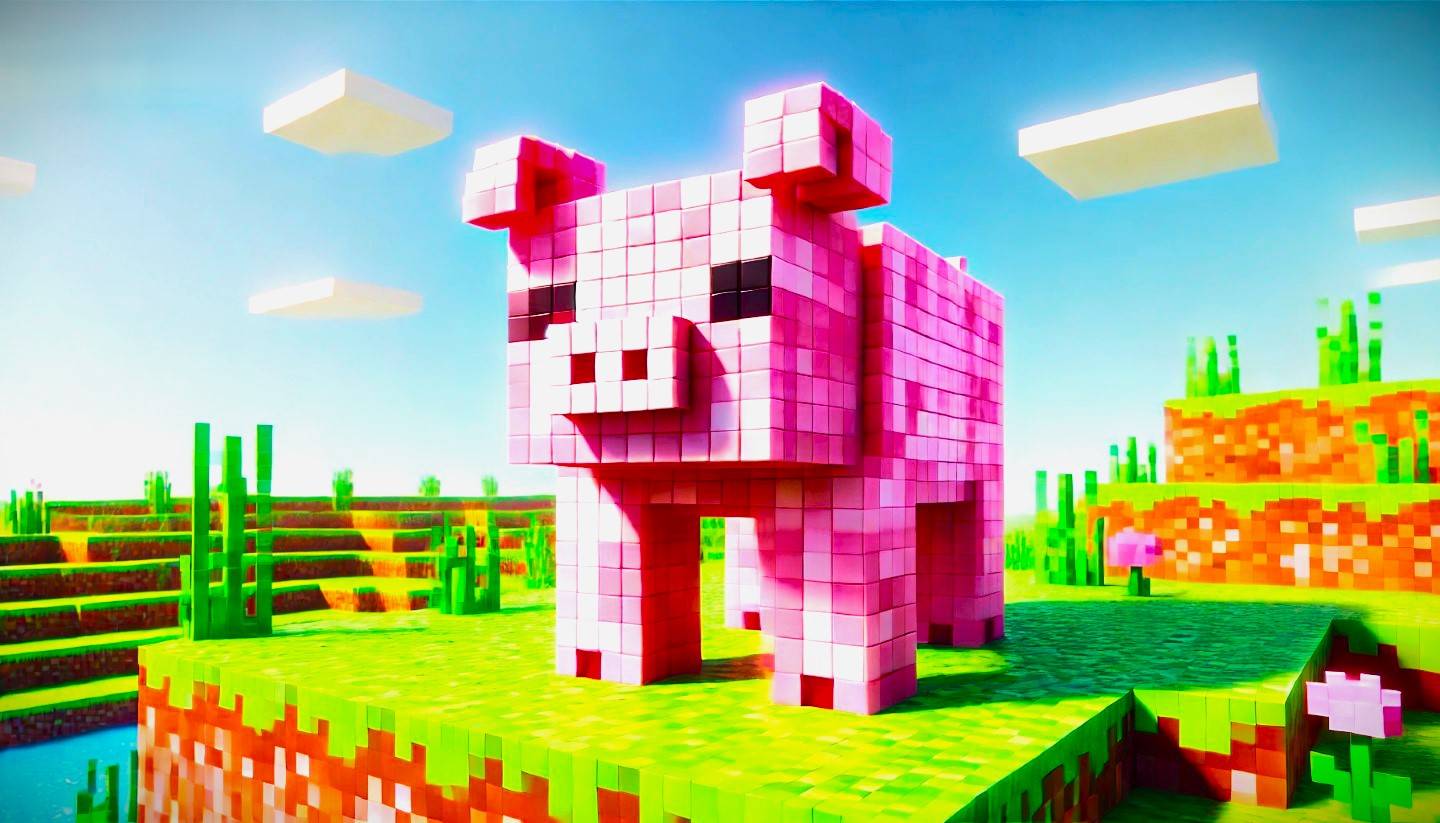
Cute mobs in Minecraft: pink pigs and why they are needed
Mar 06,2025
-
8

Capcom Spotlight Feb 2025 Showcases Monster Hunter Wilds, Onimusha and More
Apr 01,2025
-
9
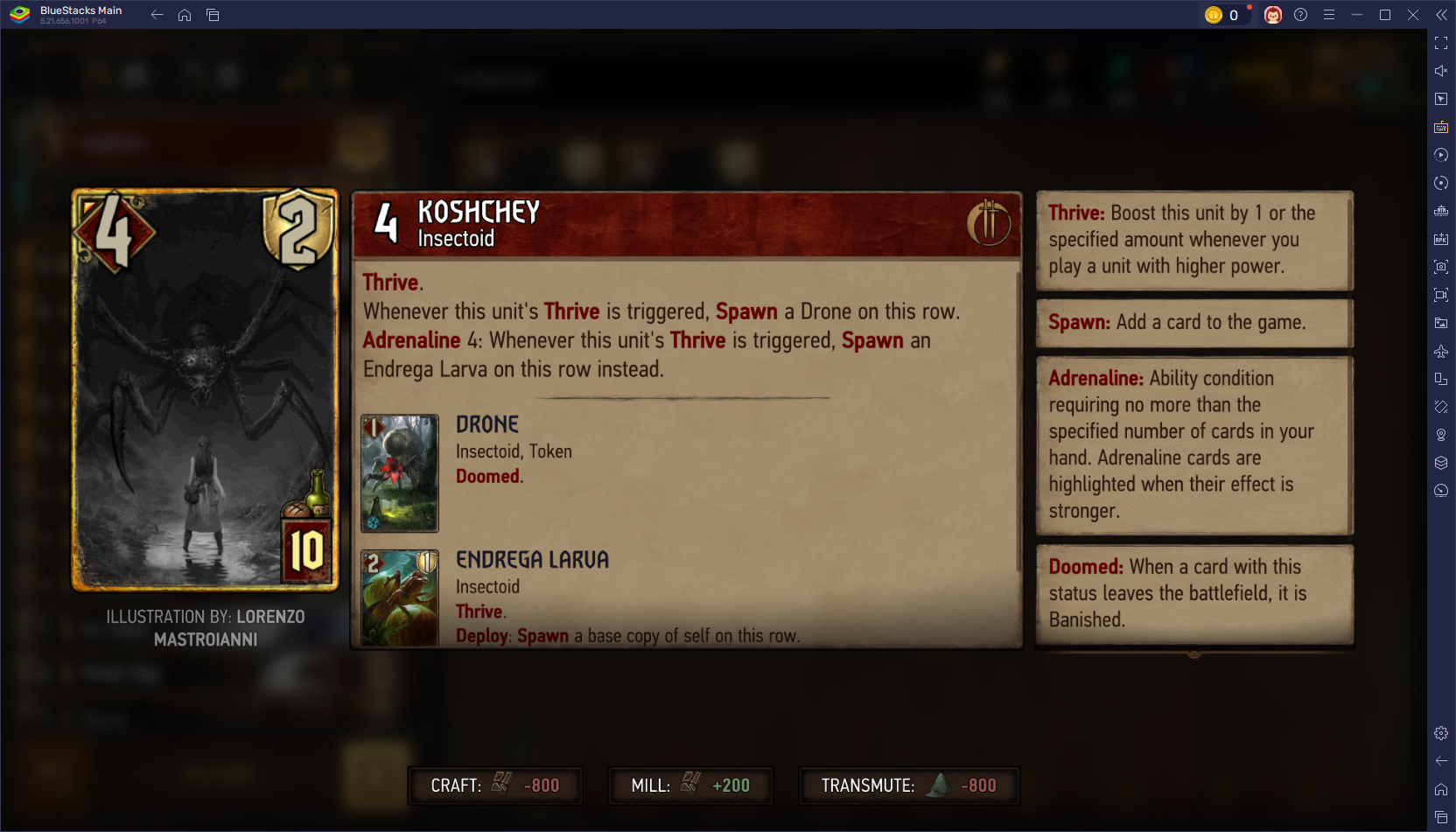
Gwent: Top 5 Witcher Decks (2025 Update)
Mar 13,2025
-
10
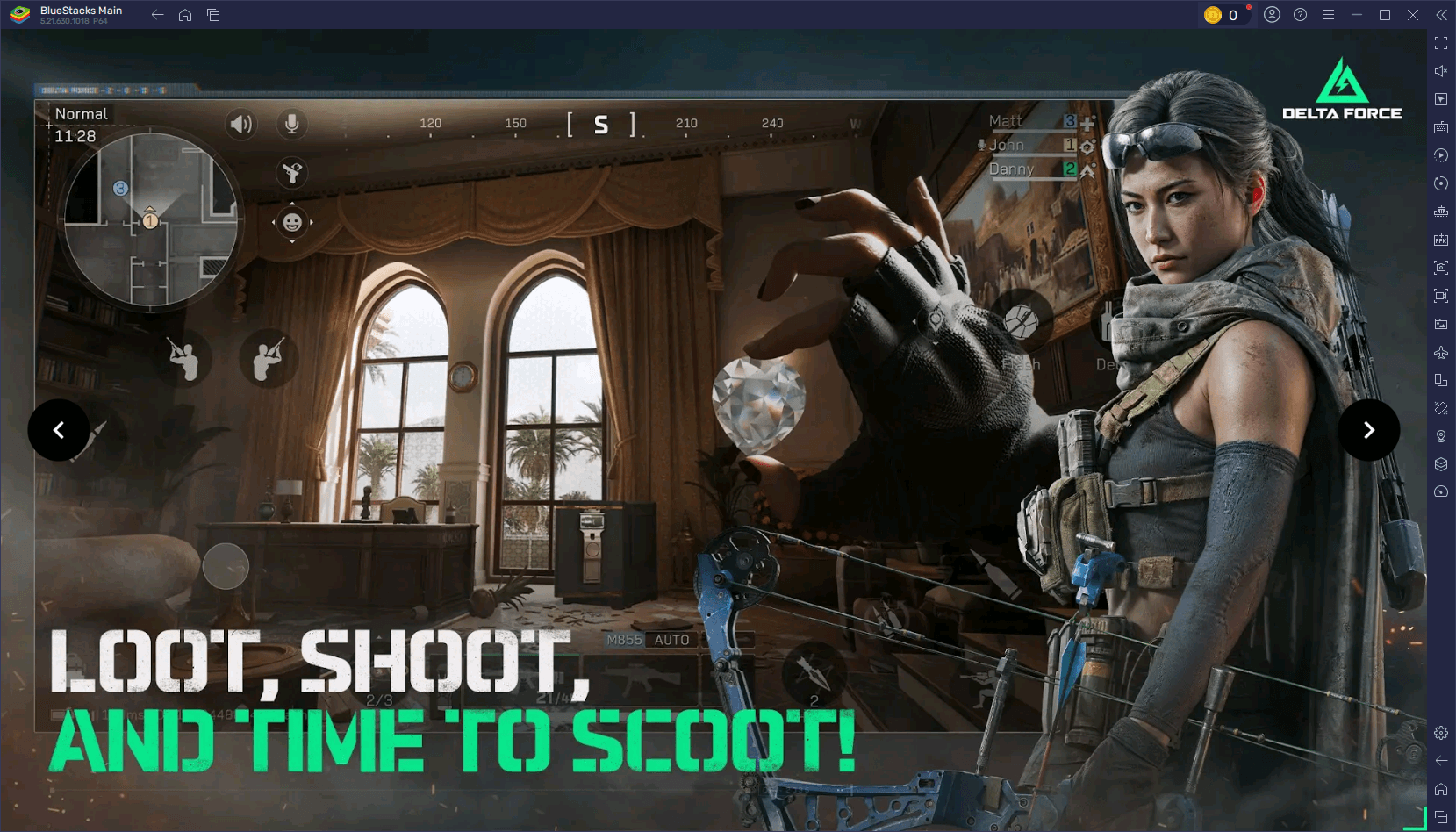
Delta Force Mobile: Beginner's Guide to Getting Started
Apr 23,2025
-
Download

Portrait Sketch
Photography / 37.12M
Update: Dec 17,2024
-
Download

Friendship with Benefits
Casual / 150.32M
Update: Dec 13,2024
-
Download
![[NSFW 18+] Sissy Trainer](https://img.jdzca.com/uploads/16/1719638919667f9b874d57e.png)
[NSFW 18+] Sissy Trainer
Casual / 36.00M
Update: Dec 11,2024
-
4
F.I.L.F. 2
-
5
슬롯 마카오 카지노 - 정말 재미나는 리얼 슬롯머신
-
6
Pocket Touch Simulation! for
-
7
Shuffles by Pinterest
-
8
Life with a College Girl
-
9
Chubby Story [v1.4.2] (Localizations)
-
10
Hunter Akuna














